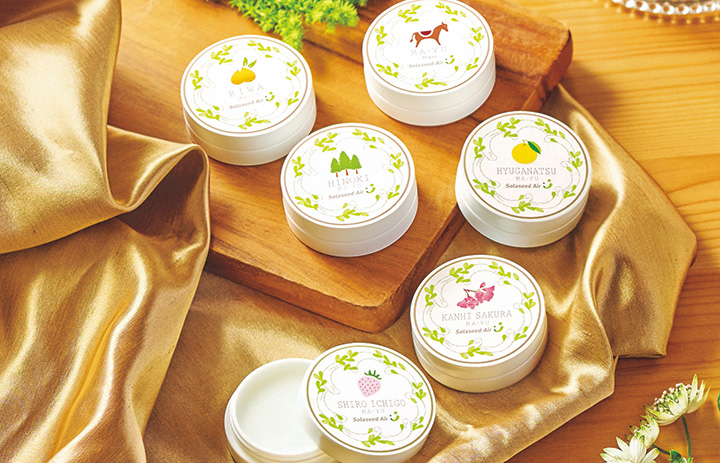Various infectious pathogens, including respiratory viruses and disease-causing bacteria, can spread as surface fomites. Chemical disinfectants are commonly used to ensure surface hygiene with an effect in minutes. However, many of them contain potentially harmful substances such as chlorine bleach, phenolics, and quaternary ammonium compounds when excessive quantity is used.
Surface coatings incorporating certain metal elements, notably copper and silver, exhibit virucidal properties by actively breaking the disulfide bonds of virus proteins and/or releasing reactive oxygen species (ROS), disrupting the virus’s structural integrity. However, applying such coating readily onto existing high-traffic objects is only sometimes practical.
A new study from the University of Birmingham, Cambridge Universityand FiberLean Technologies reports a thin cellulose film that inactivates the virus on the surface within minutes. Plus, the film inhibits the growth of bacteria, including E.Coliand mitigates contact transfer of pathogens.
The team, which had experience in formulation engineering and surface chemistry, looked at the composition and functionality of a coating manufactured from micro-fibrillated cellulose (MFC), which was provided by FiberLean Technologies, the world’s largest manufacturer of MFC for the paper and packaging sector.
The porousness of the film, which scientists have discovered, plays a substantial effect, accelerates the pace at which liquid droplets evaporate and introduces an unbalanced osmotic pressure across bacteria membranes.
Scientists then determined whether the coating could prevent surface transmission of SARS-CoV-2. They found a three-fold reduction of infectivity when droplets containing the virus were left on the coating for 5 minutes, and after 10 minutes, the infectivity fell to zero.
In comparison, when droplets containing SARS-CoV-2 were left on a glass surface, their initial infectivity remained after 10 minutes. The antimicrobial tests were repeated with droplets containing bacteria (E.Coli and S.epidermidis), and here again.
Scientists noted“substantial reductions in infectivity at 1 hour and 24 hours.”
When scientists repeated the experiment with aerosolized artificial salivathey found that cellulose thin film can effectively suppress the contact transfer of respiratory aerosols.
Professor Zhenyu Jason Zhang, from Birmingham’s School of Chemical Engineering, said,“The risk of surface transmission, as opposed to aerosol transmission, comes from large droplets which remain infective if they land on hard surfaces, where they can be transferred by touch. This surface coating technology uses sustainable materials and could potentially be used in conjunction with other antimicrobial actives to deliver a long-lasting and slow-release antimicrobial effect.”
Scientists noted,“The stability of the coating by mechanical scraping tests, where the coating showed no noticeable damage when dry, but easy removal from the surface when wetted, making it convenient and suitable for daily cleaning and disinfection practice.”
Journal Reference:
- Shaojun Qi, Ioannis Kiratzis, Pavan Adoni et al. Porous Cellulose Thin Films as Sustainable and Effective Antimicrobial Surface Coatings. ACS Applied Materials & Interfaces (2023). DOI: 10.1021/acsami.2c23251
Note: This article have been indexed to our site. We do not claim legitimacy, ownership or copyright of any of the content above. To see the article at original source Click Here











